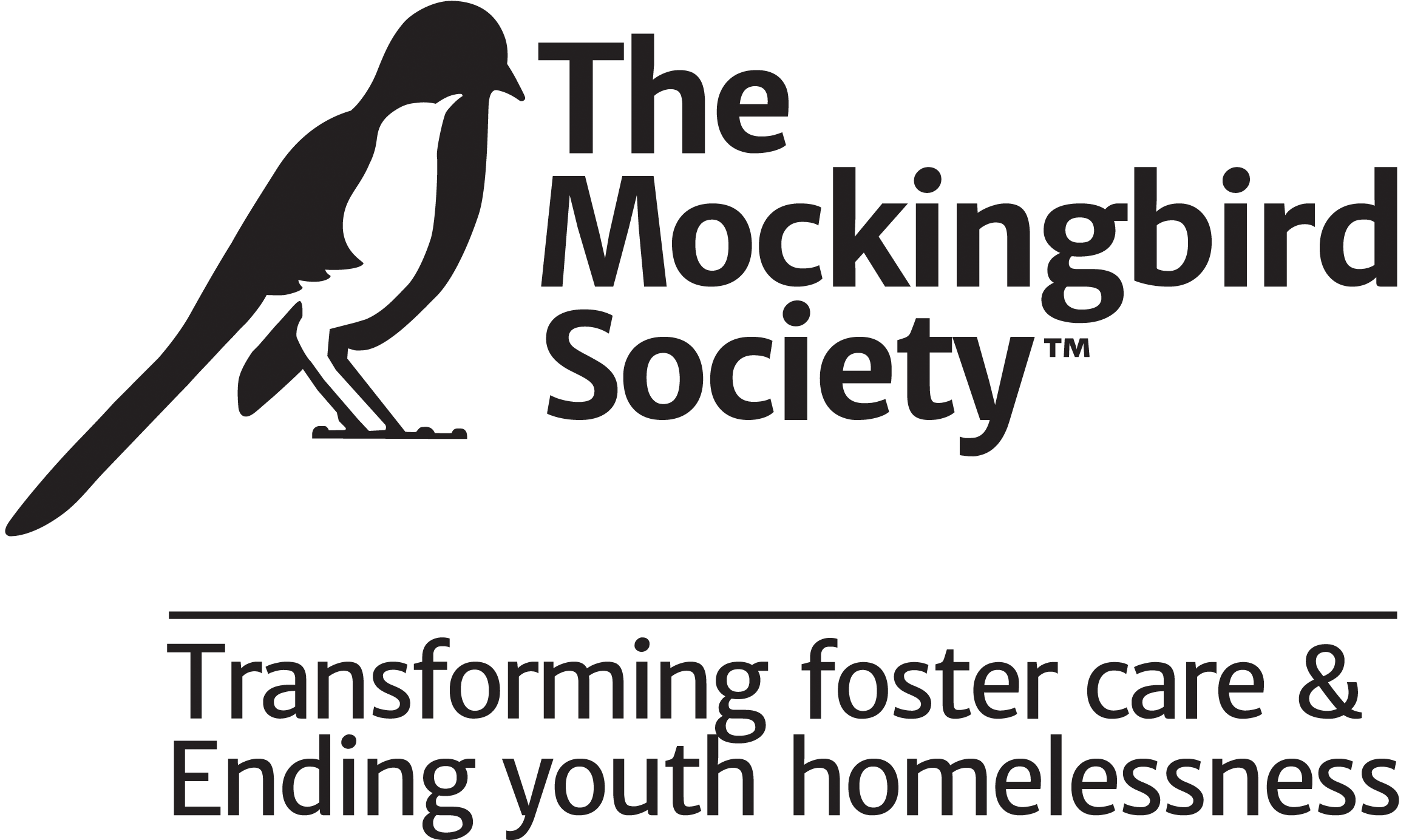New Juvenile Jail – A Bad Investment
The facility offers many resources; a 24-hour nurse, dental and mental health care, a therapist, substance abuse counselors, and family intervention and restorative services are just a few of the many programs offered. These services are made available for the whole family, not just the incarcerated young person. But where are these resources for the community outside these walls? For the families? For the young person? These are resources that should be readily available. Why is it required that children get locked up before they receive the help they need? Presumably, if young people and their families had access to these resources within the community there would be no need for a jail. But we don’t have these resources in our communities, and consequently, we are losing our children to facilities like this.
The new facility cost the county $242 million dollars. As I toured the facility, I felt angered and frustrated knowing this fact. How we can spend so much money to lock up our children, our future!? In my opinion, we should instead have invested that money in much needed and underfunded services. $78,540,867 could have funded NeighborCare youth clinic, $3,303,794 could’ve went to Consejos for mental health care and family services. And, in comparison, a mere $1,007,400 could have been spent on long-term housing options for minors experiencing homelessness. The remaining $159,147,939 could’ve been invested in diversion programs, such as Creative Justice.
The tour guides seemed proud of this facility, remarking on how great it was for the young people. They noted that they are moving towards a therapeutic approach and are working to eliminate racial disproportionality. When asked, they said that their staff was reflective of the young people. While there, I did not see the staff as representative of the community where the jail is located. When touring the classroom, I asked about the youth for whom English is their second language, or those with disabilities. The answers were vague; they said they were working on getting bilingual teachers and are aware of which students have an individualized education program. Is that the best we can do? When children are taken away, their education is interrupted, which only increases the barriers they face.
Although the total average number of young people being detained has gone down, the number of black and brown kids being booked has increased dramatically; on any given day 82% of youth imprisoned in king county are youth of color. It’s important to talk about the disproportionate numbers of these children - children that are stuck in an unjust system, one that is rooted in institutionalized racism. How can we talk about services to help them process trauma and not talk about the trauma of navigating a justice system that was designed to work against low income and communities of color? This system has worked in opposition to most of these children from the moment they were born.
Investing millions of dollars in a new jail is not the path forward if we want to achieve King County’s stated goal of zero youth detention. We must address problems head on and stop putting band-aids on systemic issues. King county launched the Zero Youth Detention Initiative with the promise to, “reduce the use of secure detention for youth and be on a journey to eliminate it.” More appropriate investments the county could make in order to achieve zero youth detention include:
- anti-racist work to include implicit bias training for all working in the system
- fund more community-led programs
- hire culturally adept therapists; offer community-based mental health services
- reform legislation to reduce the use of incarceration
- Fully fund schools, after school programs, and job skills programs
- Invest in restorative, rehabilitation-centered interventions
Our children don’t need jail, they need services, and tools to help them express themselves. Our kids are our future, we cannot let children become martyrs for a system they didn’t create or ask for.
